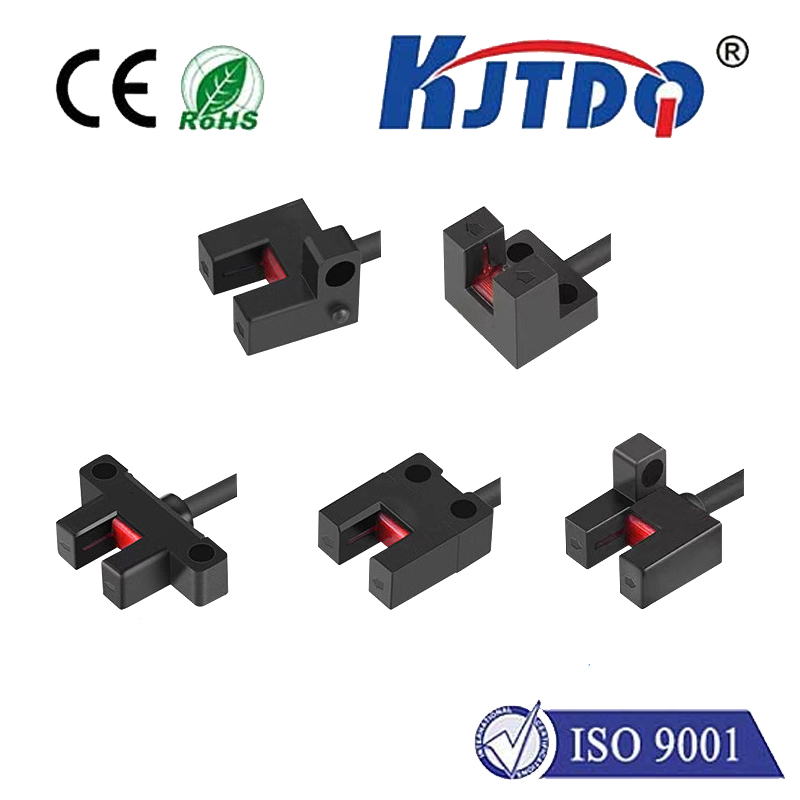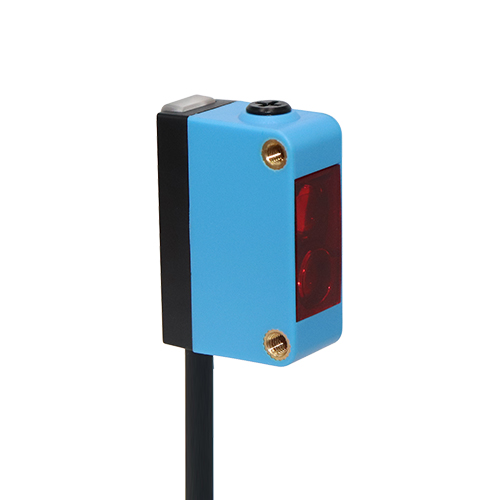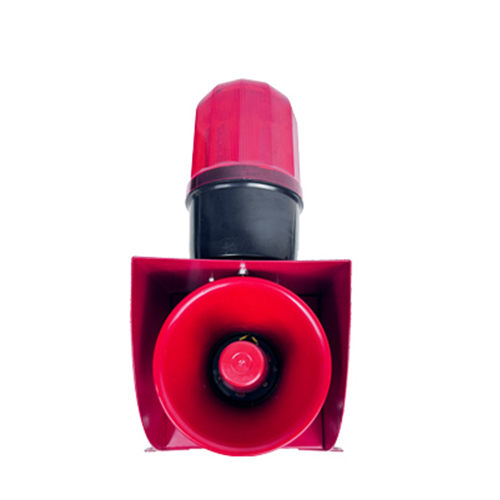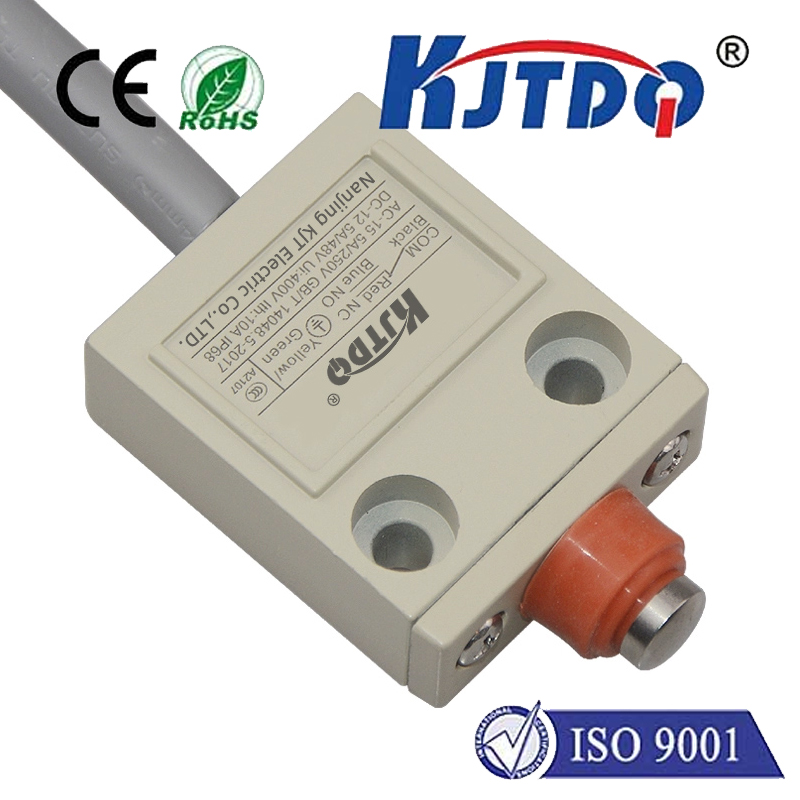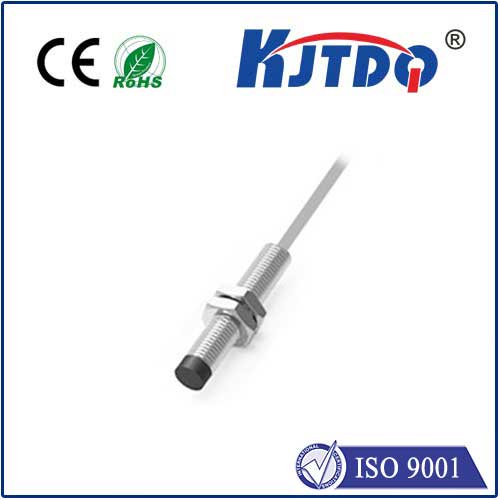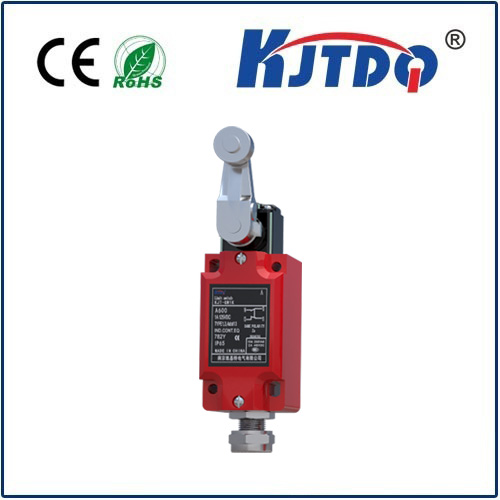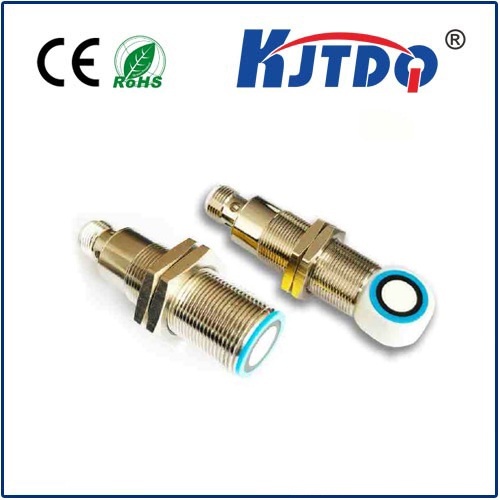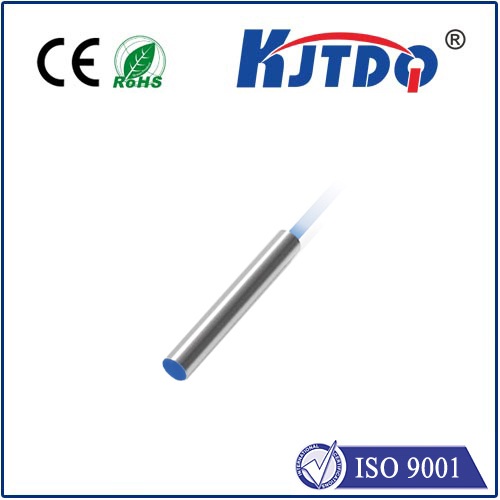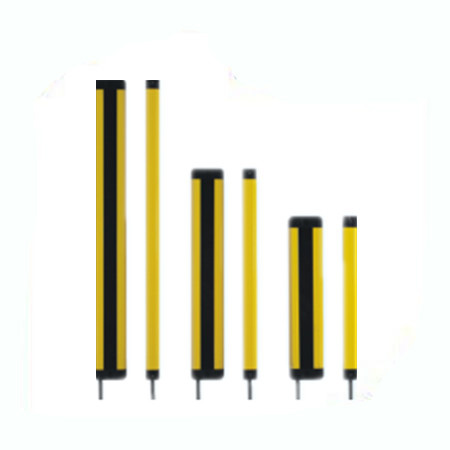photoelectric sensor switch retro reflective
- time:2025-09-13 02:59:52
- Click:0
Retro-Reflective Photoelectric Sensor Switches: The Cost-Effective Automation Workhorse
Imagine an automated packaging line humming along, boxes zipping down a conveyor. Suddenly, a jam occurs. How does the system instantly know to stop, preventing damage and costly downtime? Often, the unsung hero detecting that blockage is a retro-reflective photoelectric sensor switch. These versatile, robust sensors are fundamental building blocks in countless industrial automation, security, and material handling systems worldwide. Offering a compelling blend of performance, ease of installation, and cost-effectiveness compared to other sensing methods, they reliably detect objects by harnessing a clever optical principle.
Understanding the Photoelectric Sensor Fundamentals
At its heart, every photoelectric sensor consists of two core components: an emitter (usually an LED) that projects a beam of light (visible red, infrared, or laser) and a receiver that detects the presence or absence of that light. An object is detected when it interrupts or alters this light beam. The key difference between sensor types lies in how the emitter and receiver are configured relative to each other and the target.
Retro-Reflective: The Single-Unit Solution
The retro-reflective photoelectric sensor combines both the emitter and receiver into a single, compact housing. This is its primary advantage. Instead of requiring wiring and alignment to a separate receiver unit located across the detection zone (like through-beam sensors), the retro-reflective model sends its light beam towards a specially designed reflector, often called a retro-reflector or target reflector. This reflector is engineered to bounce the light directly back along the same path it came from, regardless of the angle of incidence (within specified limits). The sensor’s receiver, sitting right next to the emitter, picks up this reflected beam under clear conditions.

How the “Switch” Action Works
Here’s where the “switch” functionality comes in. The sensor constantly monitors the strength of the returning light signal at its receiver. The internal circuitry is configured with a sensitivity threshold.
- No Object Present: The light beam travels unimpeded to the reflector and bounces efficiently back to the receiver. The received light intensity is high, exceeding the threshold. Depending on the sensor’s logic (Light Operate - LO, or Dark Operate - DO), this state will typically result in the sensor’s output transistor being “OFF” (open circuit) or “ON” (closed circuit). Most commonly, retro-reflective sensors use Dark Operate (DO) logic: Output ON when the beam is interrupted.
- Object Present: When an object enters the detection zone between the sensor and the reflector, it blocks the light beam. The receiver no longer detects (or detects significantly less of) the returning light. The received intensity falls below the threshold. For a DO sensor, this triggers the output to switch states – typically turning “ON” (providing a signal) to indicate detection. This switch signal is then used by the control system (PLC, robot, etc.) to trigger actions like stopping a conveyor, counting items, or initiating a process.
Key Advantages Driving Widespread Adoption
The popularity of retro-reflective photoelectric sensor switches stems from several tangible benefits:
- Simplified Installation & Wiring: Only one unit needs to be mounted and wired, significantly reducing installation time and complexity compared to through-beam sensors requiring two separate devices on opposite sides. The reflector is passive, requiring no power or wiring.
- Cost-Effectiveness: Combining emitter and receiver into one housing and eliminating the need for a separate powered receiver unit makes retro-reflective sensors generally more economical than through-beam alternatives.
- Reliable Long-Range Detection: While not usually matching the absolute maximum range of high-performance through-beam sensors, retro-reflective models offer impressive detection distances (often meters) suitable for a vast majority of applications. The focused return beam provides good signal integrity.
- Robust Object Detection: They perform well on a wide variety of opaque objects, regardless of surface color, texture, or material (within operational limits). Highly reflective or transparent targets can sometimes pose challenges, requiring specialized models or sensor types.
- Alignment Ease: Aligning the single sensor unit roughly towards the reflector is sufficient. The reflector’s inherent design compensates for minor misalignments, making setup and maintenance simpler.
Contrasting Retro-Reflective with Other Photoelectric Types
- vs. Through-Beam (Opposed Mode): Through-beam offers the longest possible range and highest immunity to environmental factors like dust or target surface characteristics because the emitter and receiver are separate. However, it requires two mounting points, wiring to both ends, and precise alignment. Retro-reflective provides a more practical and cost-effective solution for medium to long-range detection where conditions allow.
- vs. Diffuse (Proximity Mode): Diffuse sensors also have the emitter and receiver in one housing but detect objects by bouncing light directly off the target itself – they don’t use a reflector. This makes them ideal for short-range detection where mounting a reflector isn’t feasible. However, their detection range is much shorter than retro-reflective, and performance is heavily influenced by the target’s color, reflectivity, and surface angle. Retro-reflective offers significantly longer and more consistent range for detecting objects passing through a beam.
Critical Considerations for Optimal Performance
To leverage the full potential of a retro-reflective photoelectric sensor switch, consider these factors:
- Reflector Type & Size: Choose a reflector with sufficient size and quality (reflectivity coefficient) for the required sensing distance. Smaller reflectors are for shorter ranges. Prismatic reflectors offer superior performance over simpler tape.
- Beam Alignment: While forgiving, adequate initial alignment is crucial. Ensure the sensor is pointed directly at the reflector’s center and mounted securely to prevent vibration-induced misalignment.
- Target Characteristics: Ensure the target objects are sufficiently opaque to block the beam. Highly reflective targets might sometimes mimic the reflector, and transparent objects may not be reliably detected. For challenging targets, polarized retro-reflective sensors (which only recognize light bounced back with a specific polarization) are often the solution.
- Environmental Conditions: Dust, steam, fog, or heavy rain can scatter or absorb the light beam, reducing effective range or causing false triggers. Select sensors with high IP ratings for harsh environments. Some models feature background suppression technology for specific challenges, though this is more common in diffuse sensors.
- Operating Voltage & Output Type: Ensure compatibility with your control system (e.g., 12-24V DC, PNP/NPN transistor output).
- Temperature Range: Verify the sensor’s specified operating temperature suits the application environment.
Where You’ll Find Them in Action: Diverse Applications
The robustness and versatility of retro-reflective photoelectric sensor switches make them ubiquitous:
- Conveyor Systems: Detecting product presence/absence, jams, end-of-line control, and counting objects on conveyors.
- Material Handling: Monitoring pallet position in AS/RS, gate control in automated warehouses, elevator positioning.
- Packaging Machinery: Detecting film/web breaks, verifying case sealing, controlling fill levels via flag detection.
- Automotive Manufacturing: Part presence verification on assembly lines, robot cell entrance/exit monitoring.
- Security: Intrusion detection on perimeter fences or across doorways/windows (when paired with suitable security-rated units and reflectors).
- Printing & Paper Processing: Web break detection, sheet counting, verifying stack height.
- Access Control: Detecting vehicles at gates or barriers.
Selecting the Right Tool
Retro-reflective photoelectric sensor switches strike an excellent balance for numerous detection tasks. When you need reliable, cost-effective, medium-to-long-range detection of opaque objects where mounting a reflector is feasible, they are frequently the optimal choice over more complex through-beam or shorter-range diffuse sensors. Their single-unit design simplifies installation and maintenance, making them a true workhorse in the world of industrial automation and control. Understanding their operating principle and key selection criteria empowers engineers and technicians to deploy these sensors effectively, ensuring smooth and efficient operation across countless automated processes.






